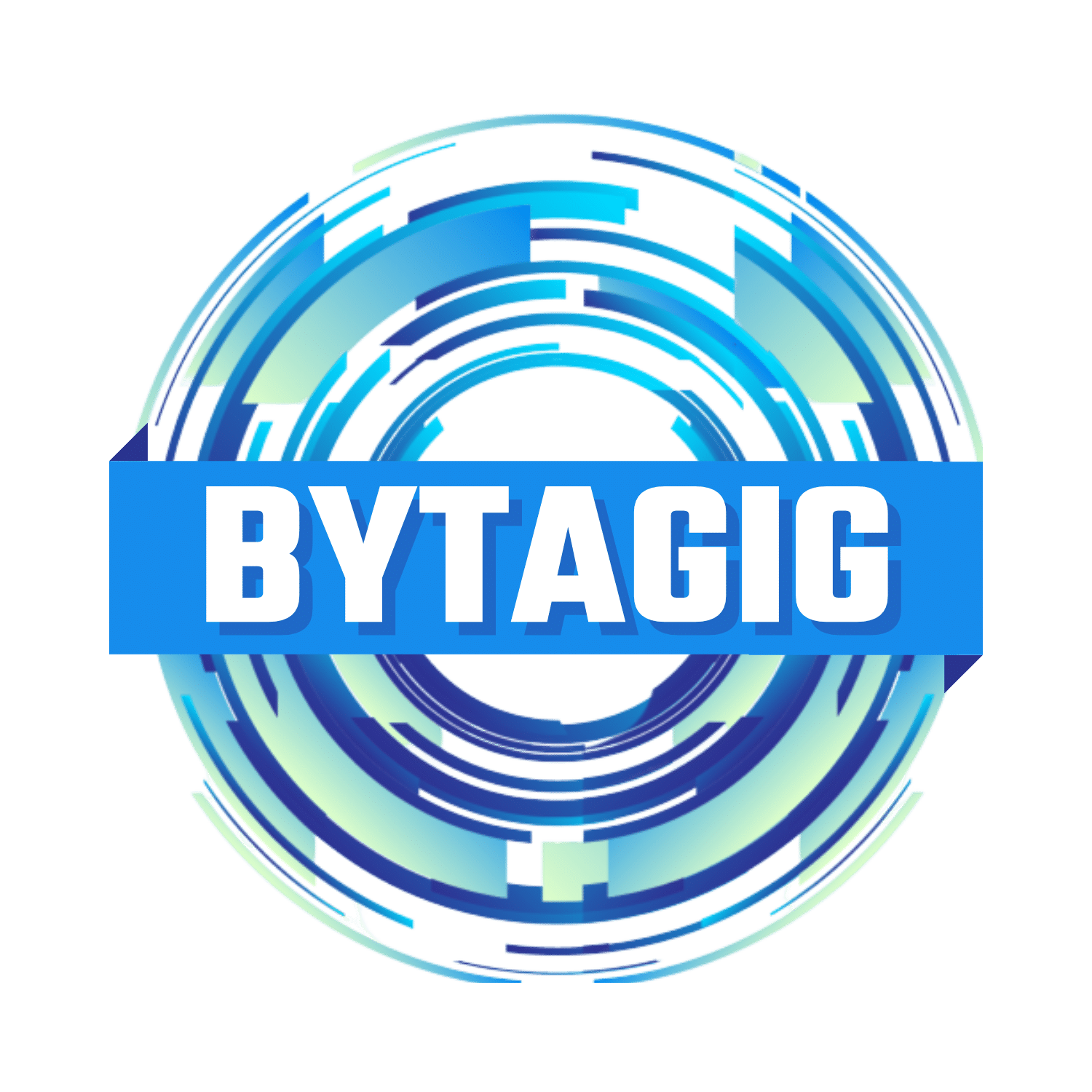
11 Aug Best Practices for Using AI Tools Safely in Your Organization
Artificial intelligence has become a mainstay in the modern workplace. According to McKinsey’s State of AI: 2025 Global Survey, more than three-quarters (78%) of organizations use AI in at least one business function.
Whether it’s streamlining workflows or surfacing insights in seconds, AI tools are helping teams move faster and work smarter. But as adoption rises, so do the risks. Security gaps, compliance issues, and unclear usage policies can turn even the most useful tool into a ticking time bomb.
The good news? With the right strategies in place, you can harness the benefits of AI while maintaining security and control. In this post, we’ll walk through what those best practices look like and how to put them into action.
Understanding the Risks of Unregulated AI Usage
Before diving into best practices, it’s important to understand what you’re up against. AI tools are powerful, but they’re not foolproof. Left unchecked, they can introduce new vulnerabilities to your business.
For example, if employees are using AI platforms to process sensitive customer data, are those interactions being logged or stored? Do you know where that data goes after it leaves your network? If the answer is “not sure,” that’s a problem.
There’s also the issue of Shadow AI. That’s when employees use AI tools without IT approval or oversight. It’s not always malicious. Sometimes someone just wants help writing an email or cleaning up a spreadsheet. But without visibility, you can’t manage the risks.
AI tools can also generate biased or inaccurate outputs, which creates compliance challenges, especially in industries with strict regulations. The bottom line? A little structure goes a long way.
1. Establish Clear AI Usage Policies
Start by setting expectations. A well-crafted AI policy should outline which tools are approved, how they should be used, and what types of data are off-limits.
Not all AI tools are created equal. Some have better data privacy safeguards than others. Your policy should specify which platforms are vetted and approved by IT and provide examples of how employees can use them responsibly.
Don’t forget to include guidelines on things like:
- Input restrictions (no client data, financial records, or credentials)
- Rules for AI-generated content
- Prohibited use cases like impersonation or automation of sensitive workflows
2. Train Your Team on AI Safety
Policy is important, but awareness is what makes it stick. Take time to educate your staff about the “why” behind your AI guidelines.
Explain how AI models handle data. Show real examples of how careless input can result in a data leak. Walk through case studies of companies that ran into trouble after misusing AI.
You don’t have to scare people into compliance. Instead, help them feel confident using AI tools safely. When people understand the risks and the value of good habits, they’re more likely to make better choices.
3. Monitor AI Activity with the Right Tools
To manage AI usage effectively, you need visibility. That means knowing who is using AI tools, when they’re using them, and how.
Your IT team or trusted IT partner can play a key role here. They can audit your environment to identify which tools are in use. From there, they can implement monitoring solutions that track AI activity, data transfers, and any unusual behavior.
You can’t secure what you can’t see. Monitoring helps turn unknowns into manageable risks.
4. Limit Access Based on Role
Just like you wouldn’t give every employee admin access to your financial systems, not everyone needs unrestricted access to AI tools.
Set permissions based on roles and responsibilities. For example:
- Marketing teams may use generative AI for drafting copy, but not for analyzing sensitive customer data.
- Developers can explore AI code generation tools, but only within isolated environments.
When AI access is tailored to each team’s needs, you reduce the chance of misuse while still supporting productivity.
5. Keep Data Protection Front and Center
AI platforms thrive on data. But the more data they have access to, the greater the risk if something goes wrong.
Make sure any data shared with AI tools is anonymized and scrubbed of confidential information. Use data masking or tokenization if employees need to run sensitive queries.
If you’re deploying your own AI models or hosting third-party tools on-prem, ensure they meet your organization’s data security standards. Encryption, access controls, and audit logs are all essential.
6. Stay Current with the Landscape
AI is evolving quickly. That’s exciting. It’s also why your policies can’t be static.
Make time each quarter to revisit your AI strategy. Are your tools still safe and effective? Are there any new threats or compliance requirements you should be aware of? Has your team discovered better ways to use AI that you can build on?
You don’t need to overhaul everything every few months, but you do need to stay agile. AI isn’t slowing down, and your security strategy shouldn’t either.
Looking for a Better Way to Manage AI Risks?
AI is here to stay. Used thoughtfully, it can give your business a serious edge. But like any powerful tool, it requires thoughtful handling.
At Bytagig, we help businesses leverage AI without compromising security, compliance, or performance. Our team combines real-world experience with advanced threat intelligence to uncover risks fast and deliver strategies tailored to your specific AI use cases.
Ready to put AI to work, safely and strategically? Contact us to learn more.
Share this post:

Sorry, the comment form is closed at this time.